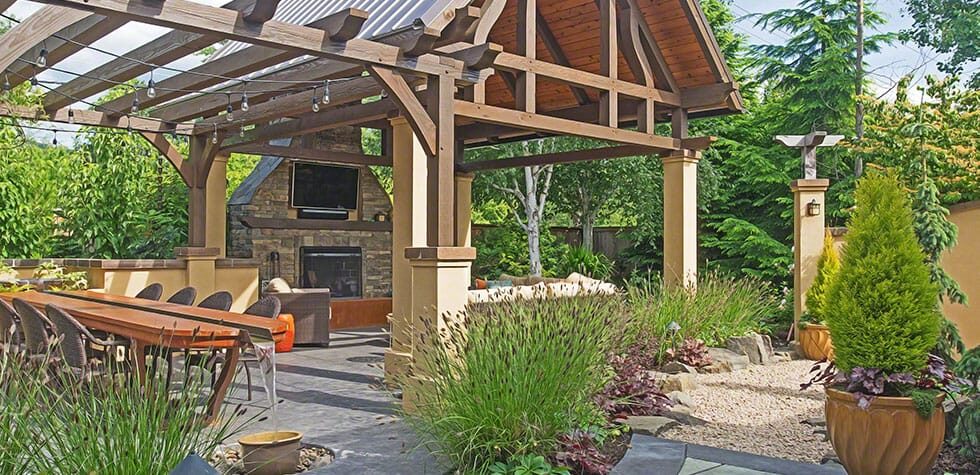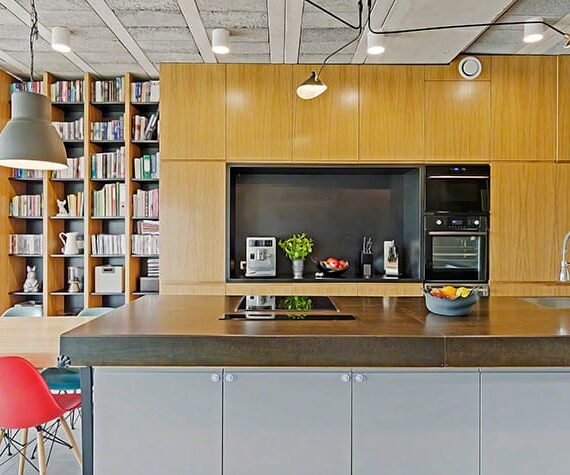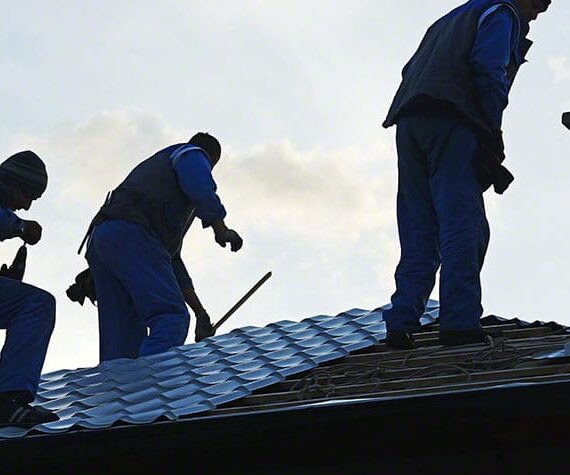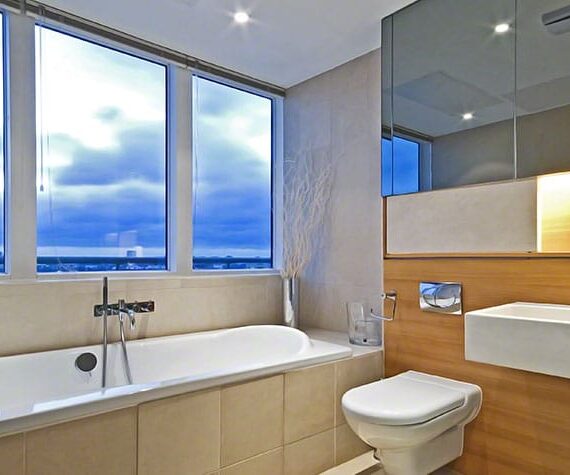Pergolas are structures that allow homeowners and their loved ones to relax, unwind, spend some time with friends and family members, or spend some time in privacy in the backyard. Over the period, pergolas have increasingly become popular as they do not compromise the appearance of house itself. These structures come in varying sizes, types, and designs. One of the best pergola types out there is the attached pergola. While it may seem a difficult task and you may need a custom pergola builder for the task, let us go through the process to help you turn your dream into reality.
Plan The Pergola
The most important step when it comes to attaching a pergola to the house is planning. You might think it is an easy process, and all that you will need are some tools and skills. However, even before you take out the measuring tape to measure an inch, you need to take a step back and plan the entire process first.
A common mistakes homeowners make when installing a pergola is not knowing what to do with it or ignoring its definition, only to find out that it provides little to no value in the end. At the same time, one of the most common mistakes, especially among DIYers, tends to be not having an idea about the design and function of the space.
Without knowing what the pergola will be used for, you cannot attach a structure to the house and expect it to have a purpose all of a sudden. Defining the purpose and function helps you pick the right pergola design and style. You might have a big house and sufficient space for the pergola to go.
But not every area might be suited to bring out the most in the pergola. This is why you will need to perform an inspection of the house and pick an area that is most suited for the pergola. Once that is done, consult with an engineer or expert to ensure the structure is stable and reliable.
Keep in mind that attaching a pergola to the house may seem an interesting task, but it can be tricky and requires special techniques. Depending on your region, you may also be required to acquire a permit before the structure can be installed.
Ignoring these codes can result in hefty fines and legal battles. So, try to make a blueprint to have a better idea of where and how the pergola will look. If possible, ask someone to design the pergolas on a 3D application that enables you to get a deeper insight into what their idea looks like.
Choose The Right Material
Choosing the right material is as important as designing and defining the purpose of the pergola. The most popular materials used in building pergolas are wood, aluminum, steel, and vinyl. Each type has its pros and cons, and you need to balance them out and pick the material that matches your needs as well as your budget.
At the same time, you should also know that the labor costs and the amount of time it takes for the pergola to attach to the house also depend on the material. Wooden pergolas are the most charming and timeless pieces out there, but they take a lot of labor and time, which raises the overall costs.
Plus, wooden pergolas need regular maintenance as well. If you can afford it, you should opt for aluminum pergolas that are not as expensive and are known to be weather-resistant, rust, and corrosion-resistant. But if you are working with a limited budget, you can opt for a vinyl pergola, keeping in mind that it is relatively sensitive to external factors and may need frequent repairs. All of these materials can be installed on backyard patios, decks, and yards.
Prepare For Installation
Now that you have decided on the pergola, you need to prepare the site and make sure it is clean and free of any obstacles before the structure is brought in and installed. The foundation plays a crucial role in the stability of the pergola. You should ensure the foundation is strong enough to hold the pergola in place and prevent it from moving.
It may sound simple, but if the area is not level or the foundation seems fishy, you will need to consult an expert to fix it. A common and durable foundation is reinforced concrete slab. It a safe and cost-effective option for pergola foundations.
Ideally, the footings should be at least 24 inches deep. Moreover, make sure that the thickness of the slab is 4 inches or more.
Furthermore, there are some cases where using a concrete slab is not possible. For instance, if your house already has a deck or patio, attaching a pergola to the house is not going to be a straightforward process. You will need pavilion builders Long Island who can assist you in proper installation.
Attach The Pergola
After all the calculations and measurements, it is now time for the most crucial step, i.e., securing the pergola to the house. To mount the pergola, you are going to need lag bolts, structural screws, or expansion anchors.
The most popular method of attaching a pergola to the house is using the ledger board method. You will need only one beam for this. Attach the ledger board to the house’s framing.
It is considered one of the most durable options as ledge board is attached to the home’s structure.
In addition to that, you can also opt for the Fascia Method. In this, you have to use another beam to connect the pergola and the fascia board. This method allows the pergola to attach to the house without drilling any holes. This method is a little more flexible than the ledger board method as it avoids contact with the home’s structure and siding, allowing the house to maintain its strength.
Finishing Touches
By now, you must be done with the pergola attached to the house, and it comes down to the most exciting part of the process, i.e., customization and add-ons. The finishing touches will not only make the pergola visually appealing but also truly your own.
Based on the purpose of the pergola, you may want to add accessories that help add practicality and protect the guests and family members from external factors. For instance, you should consider adding a canopy or some type of shade that protects from the rain and also lets the sun in.
Additionally, you can also add some privacy to keep neighbors from being nosy. Make sure you have enough space for seating, fans, and ceiling lights to keep everyone comfortable. Finally, opt for a color theme that helps the pergola blend in with the house and the surroundings.
Conclusion
Building an attached pergola require time and planning. Instead of giving in to the excitement, take your time and plan the entire process thoroughly. Lay down each detail on a piece of paper and consult a pergola contractor Port Jefferson. Pergolas are not meant to be torn down and rebuilt. So, you need to make sure it is perfect on the first attempt.



